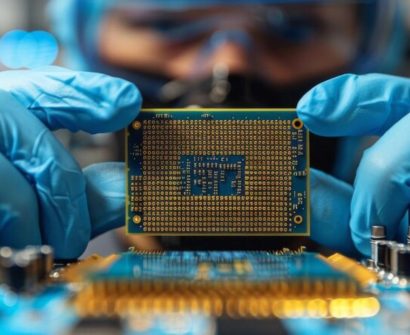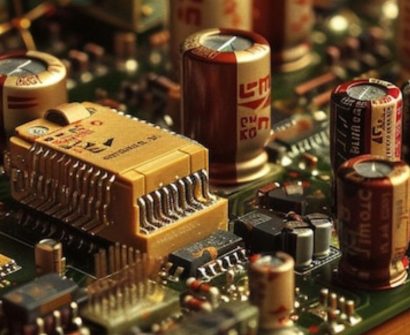
Imagine designing a race car – sleek, powerful, but what if it doesn’t cross the finish line on time? In the world of chip design, speed is king, and ensuring your circuit performs at its best requires a tool called Static Timing Analysis (STA). So, buckle up, future engineers, as we delve into the basics of STA in physical design!
What is STA?
Think of Static Timing Analysis STA as a detective analyzing every signal path in your circuit, measuring its travel time. It’s like checking if your race car’s engine, tires, and track all work together smoothly for a speedy lap. STA identifies any potential bottlenecks that could slow down your circuit, ensuring it meets its performance goals.
How does it work?
Imagine a signal racing through your circuit, like a baton in a relay. STA considers two key factors:
- Cell Delays: Each logic gate, flip-flop, and other elements introduce a delay as the signal passes through. STA uses data from libraries to estimate these delays.
- Net Delays: Wires carrying the signal have resistance and capacitance, causing delays based on their length and load. STA uses complex algorithms to calculate these delays.
By adding up all these delays along each path, STA determines the total path delay. This is compared to two crucial timing constraints:
- Setup Time: The minimum time a signal needs to be stable before a flip-flop captures it. Think of it as the baton needing to be held steady before the next runner grabs it.
- Hold Time: The minimum time a signal needs to be stable after a flip-flop releases it. Imagine the baton needing to stay in the runner’s hand for a moment before being passed on.
If the total path delay exceeds the setup time or falls short of the hold time, it’s a violation! This means your circuit might malfunction or produce incorrect results. STA helps you identify and fix these violations before your chip hits the silicon.
Why is STA important?
- Ensures performance: STA guarantees your circuit meets its speed requirements, preventing glitches and errors.
- Optimizes design: By identifying bottlenecks, STA helps you choose faster cells, adjust wire lengths, or even use different design techniques to improve performance.
- Reduces cost: Fixing timing violations after fabrication is expensive. STA helps catch them early, saving time and money.
Ready to dive deeper?
This is just the beginning of your STA journey! As you progress in your studies, you’ll explore advanced topics like:
- Different types of timing paths (data paths, clock paths)
- Advanced timing analysis tools and methodologies
- Clock tree synthesis and optimization
- Power-aware timing analysis
To know more about VLSI Course , SuccessBridge VLSI training institute. You can begin your VLSI career by enrolling in the placement-assisted live courses available at SuccessBridge We offer various VLSI online courses. We offer VLSI Physical Design course, Design Verification course, DFT Training,Chip design course many more. Explore VLSI Courses From The Leaders In VLSI Training
Also Read: A Walkthrough VLSI Physical Design Engineer Salary In India.
Remember, mastering STA is a valuable skill for any aspiring chip designer. So, keep learning, keep practicing, and soon you’ll be the detective ensuring your circuits race to victory!






